Meal Planning for Beginners: A Complete Step-by-Step Guide to Save Time and Money
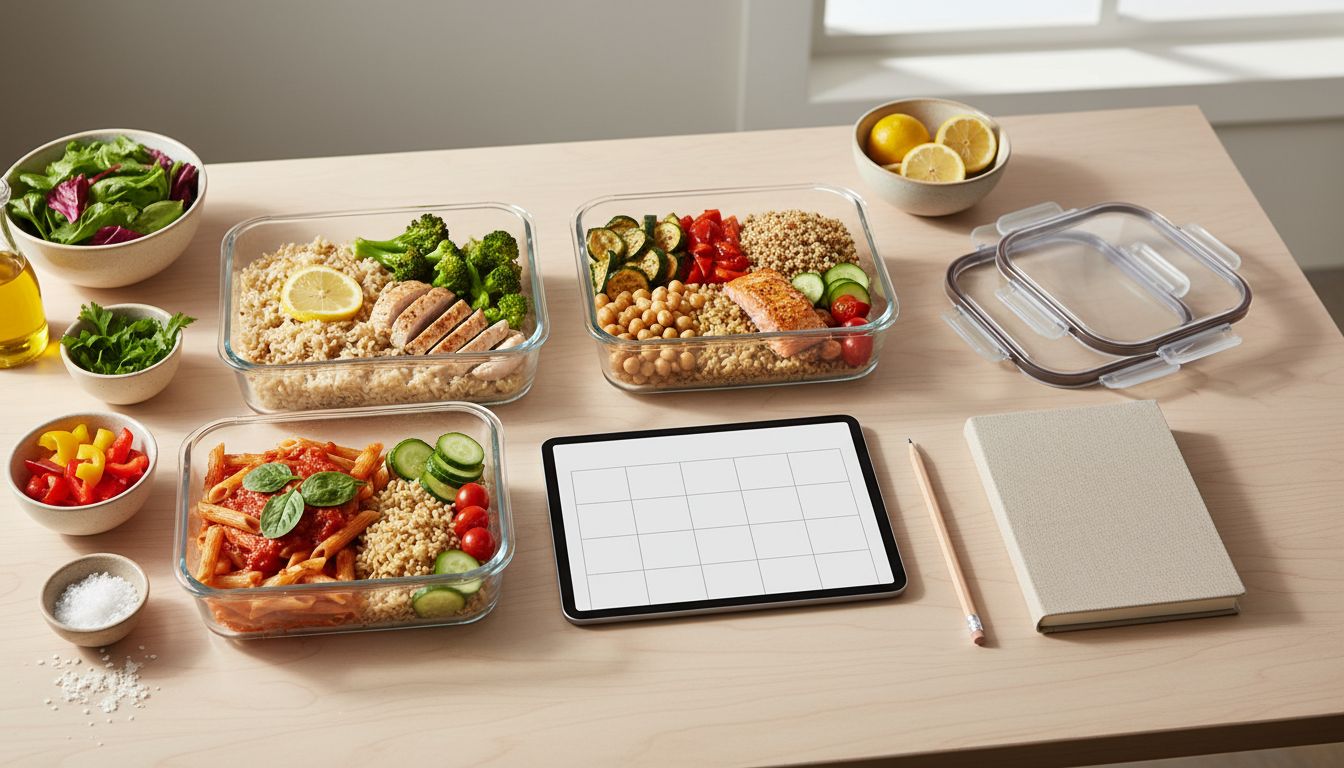
If you've ever stood in front of your fridge at 6 PM wondering "what's for dinner? You're not alone. Meal planning for might sound overwhelming, but it's actually one of the simplest ways to reclaim your time, reduce food waste, and cut your grocery bill by up to 30%.The truth is, successful meal planning doesn't require culinary expertise or hours of prep work. With the right system in place, you can transform your relationship with food and cooking in just one week. In this comprehensive guide, you'll learn exactly how to start meal planning from scratch—including the tools you need, a proven 5-step process, and practical solutions to common beginner mistakes. Let's dive in.
What Is Meal Planning and Why Should You Start?
Meal planning is the practice of deciding your meals in advance—typically for a week at a time—and preparing accordingly. Rather than making daily decisions about what to eat, you create a structured roadmap that guides your shopping, prep, and cooking.But this isn't just about organization. It's a strategic approach to eating well without the stress.
The Benefits of Meal Planning for Busy Lifestyles
Research from the American Journal of Preventive Medicine shows that households that plan meals are more likely to meet nutritional guidelines and less likely to be obese. But the benefits extend far beyond health:Time savings: The average person spends 37 minutes daily just deciding what to eat. With meal planning, you make that decision once per week.Cost reduction: According to the USDA, families waste approximately $1,500 worth of food annually. Planning dramatically reduces this waste by purchasing only what you'll actually use.Reduced stress: Decision fatigue is real. When you eliminate daily "what's for dinner?" anxiety, you free up mental energy for things that matter.Healthier eating: When you plan ahead, you're less likely to resort to takeout or processed convenience foods.Better variety: Ironically, planning helps you diversify your diet by intentionally incorporating different proteins, vegetables, and cuisines.
Common Misconceptions About Meal Planning
Let's address the myths that stop beginners before they start:"It's too time-consuming": Once established, most people spend just 30-45 minutes weekly on meal planning—far less than the cumulative daily decision-making time."I need to prep everything on Sunday": Batch cooking is optional. Many successful meal planners simply prep ingredients or do minimal advance work."It's too restrictive": Flexibility is built in. Your plan is a guide, not a contract. Swap meals around as needed."I have to be a good cook": This is about organization, not culinary skill. Simple recipes work perfectly, and often better.
Essential Tools and Resources You'll Need
Good news: meal planning for beginners doesn't require specialized equipment or expensive software. Start with what you have and add tools as your system evolves.
Basic Kitchen Equipment for Meal Prep
Quality food storage containers: Invest in a set of glass or BPA-free plastic containers in various sizes. Clear containers help you see what you have at a glance. Sharp knives and cutting boards: Efficient prep starts with tools that make chopping vegetables quick and safe. Sheet pans and baking dishes: These workhorses enable batch cooking and oven-based meal prep with minimal cleanup. Slow cooker or Instant Pot (optional but helpful): Set-it-and-forget-it cooking tools are perfect for beginners who want hands-off meals. Measuring cups and spoons: Accuracy matters when you're learning to cook and trying to control portions.
Digital Apps vs. Paper Planning Systems.
The best planning system is the one you'll actually use. Here's how they compare:
Paper planning works well if you:
Prefer tactile, visual planning
Want something always visible (like on your fridge)
Enjoy the creative aspect of handwriting and organizing
Don't want screen time for meal planning
Digital tools offer advantages like:
Automatic shopping list generation
Recipe storage with search functionality
Nutritional tracking and dietary filtering
Calendar integration and reminders
CookCloud combines the best of both worlds with an intuitive interface that handles recipe management, meal scheduling, and automated shopping lists. The intuitive calendar makes planning visual and flexible—perfect for beginners who want structure without complexity.
Your First Week: A Simple 5-Step Process
This is where meal planning for beginners becomes actionable. Follow these five steps to create your first successful meal plan.
Step 1: Assess Your Schedule and Eating Habits
Before choosing recipes, look at your week realistically. Review your calendar: When will you have time to cook? Which nights are rushed? Do you need packed lunches? Count your meals: Don't over-plan. If you eat out twice weekly or have standing dinner commitments, account for that.Identify your patterns: Do you prefer quick breakfasts? Do you eat leftovers for lunch? Build around your actual habits, not idealized versions.Note dietary preferences: What does your household actually enjoy eating? Start with familiar foods before experimenting.For your first week, plan just 3-4 dinners. You'll cook enough for leftovers and have flexibility for simple meals or eating out.
Step 2: Choose Your Planning Day
Consistency is crucial. Pick a specific day and time each week for planning—most people choose Saturday or Sunday.Block 30-45 minutes on your calendar for planning.Make it enjoyable: Pour a cup of coffee, play music, and create a ritual you'll look forward to. Review before shopping: Your planning session should happen 1-2 days before your main grocery trip.
Step 3: Select Simple Recipes
This is where beginners often derail themselves by choosing overly ambitious recipes. Don't.Follow the 3-ingredient rule: For your first week, choose recipes with 10 ingredients or fewer. Prioritize one-pot meals: Sheet pan dinners, slow cooker recipes, and skillet meals minimize cleanup. Repeat proteins: If chicken breasts are on sale, plan 2-3 different chicken recipes to simplify shopping and prep. Include a "backup meal": Always have ingredients for a super-simple meal (pasta, eggs, or frozen pizza) for overwhelming days.Recipe sources for beginners:
Budget Bytes (cost breakdowns included)
The Kitchn's Recipes (tested and reliable)
CookCloud's curated recipe search (filtered by cooking time, ingredients, and cuisine)
Step 4: Create Your Shopping List
A strategic shopping list prevents impulse purchases and ensures you have everything you need.Extract ingredients from your chosen recipes and write them down or input them into your planning app. Check your pantry first: Cross off anything you already have. This prevents waste and duplicate purchases. Organize by store section: Group items by produce, dairy, meat, pantry staples, etc. This makes shopping faster and more efficient. Add quantities: Don't just write "onions", specify "2 medium yellow onions" to avoid over-buying. Include meal prep supplies: If you need storage containers or aluminum foil, add those too. CookCloud automatically generates organized shopping lists from your meal plan, combining duplicate ingredients and grouping by store section, eliminating this manual step entirely.
Step 5: Prep and Store Your Meals
You don't need to spend all Sunday cooking. Strategic prep means doing only what saves you time during the week.
Minimal prep approach (30 minutes):
Wash and chop vegetables
Portion proteins for easy access
Cook a batch of rice or quinoa
Prep one grab-and-go breakfast option
Moderate prep approach (60-90 minutes):
Prepare 1-2 full recipes to refrigerate/freeze
Marinate proteins for upcoming meals
Make a large salad in a container with dressing separate
Prep snack portions (nuts, cut fruit, hummus containers)
Storage tips:
Label containers with contents and date
Store prepped items at eye level in clear containers
Keep a "use first" section in your fridge for ingredients nearing expiration
Beginner-Friendly Meal Planning Templates
Templates eliminate decision paralysis and give you a proven framework to follow.
The Theme Night Template:
Monday: Meatless Monday (pasta or beans)
Tuesday: Taco Tuesday (customize proteins and toppings)
Wednesday: One-pot Wednesday (casseroles or soups)
Thursday: Slow cooker Thursday (prep in morning, eat at night)
Friday: Easy Friday (planned leftovers or simple favorites)
The Protein-First Template:
Choose 2-3 proteins, then plan different preparations:
Chicken: grilled breasts, shredded in tacos, baked with vegetables
Ground beef: burgers, spaghetti sauce, stuffed peppers
Eggs: scrambled, frittata, egg salad
The Batch Cooking Template:
Cook 2-3 complete recipes on Sunday
Portion into individual servings
Freeze half, refrigerate half
Rotate weekly to maintain variety
Download free printable templates from resources like The Real Simple's Meal Planning Templates or use CookCloud's customizable planning interface.
Troubleshooting Common Beginner Mistakes
Even with the best system, you'll encounter obstacles. Here's how to navigate them:
"I planned meals but didn't feel like cooking them": Build in flexibility. Your meal plan is a menu, not a mandate. Swap nights around or have a backup option.
"I bought ingredients that spoiled": This improves with practice. Start by planning fewer meals and freeze proteins immediately if you won't use them within 2 days.
"My family won't eat what I planned": Involve them in planning. Let each person choose one meal weekly. Include at least one "safe" favorite meal everyone enjoys.
"It took too long to plan": You're probably overcomplicating it. Stick to simple recipes, repeat successful meals, and use tools that automate list-making.
"I hate eating the same leftovers": Intentionally create "planned-overs" by transforming dishes. Monday's roasted chicken becomes Wednesday's chicken salad or tacos.
"I can't find time to grocery shop": Consider pickup or delivery services for your first few weeks. The time saved often justifies the small fee while you're building the habit.
Start Your Meal Planning Journey Today
Meal planning is ultimately about progress, not perfection. Your first week won't be flawless—and that's completely normal. The families who succeed are those who start small, stay consistent, and adjust their system based on what actually works for their lifestyle. Remember: every meal you plan is one less stressful decision, one step toward healthier eating, and money saved from impulse purchases or takeout. Ready to simplify your meal planning even further? CookCloud handles the heavy lifting—from recipe organization to automated shopping lists to prep scheduling. Our intuitive calendar and beginner-friendly templates mean you can create your first week's meal plan in under 15 minutes. Join our growing community of home cooks who've transformed their relationship with cooking. Start your free CookCloud account today and experience how effortless meal planning can actually be. What's your biggest challenge with meal planning? Send us a message. we'd love to help you troubleshoot!
Related Posts
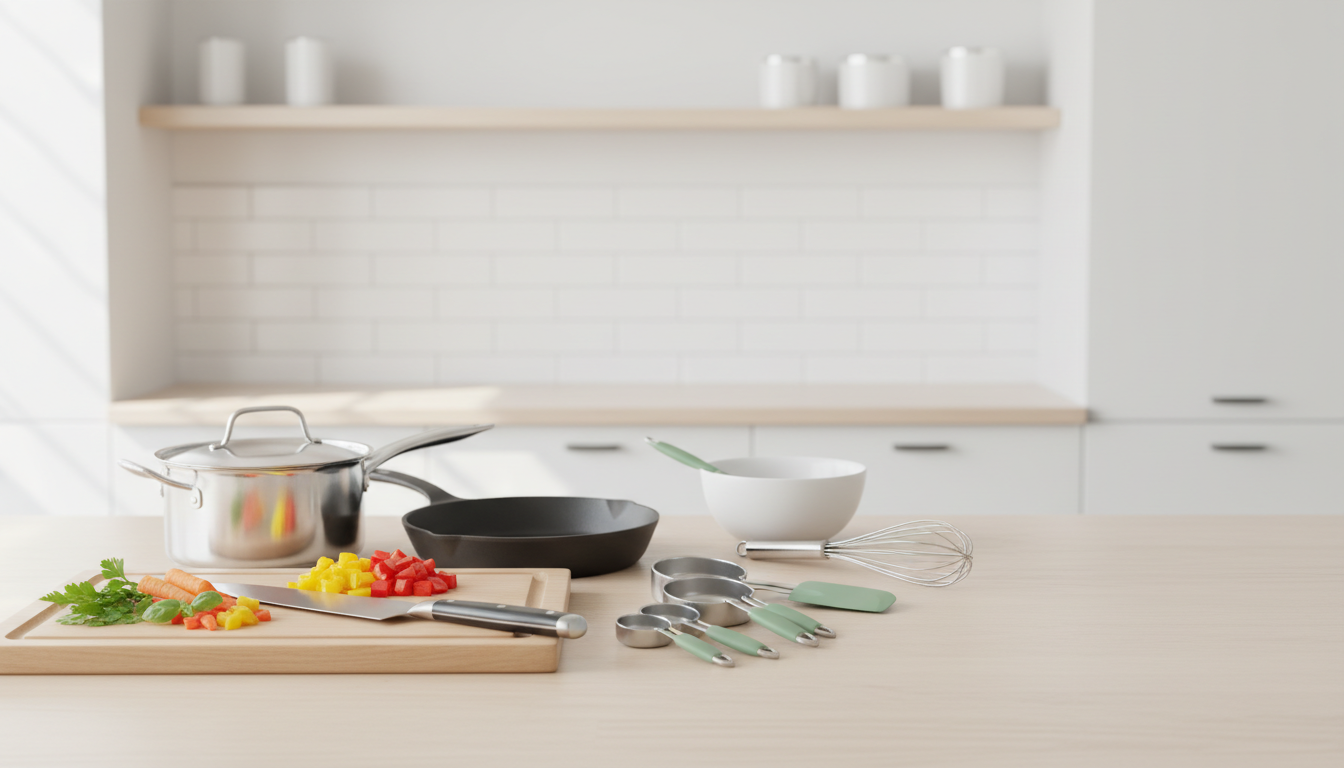
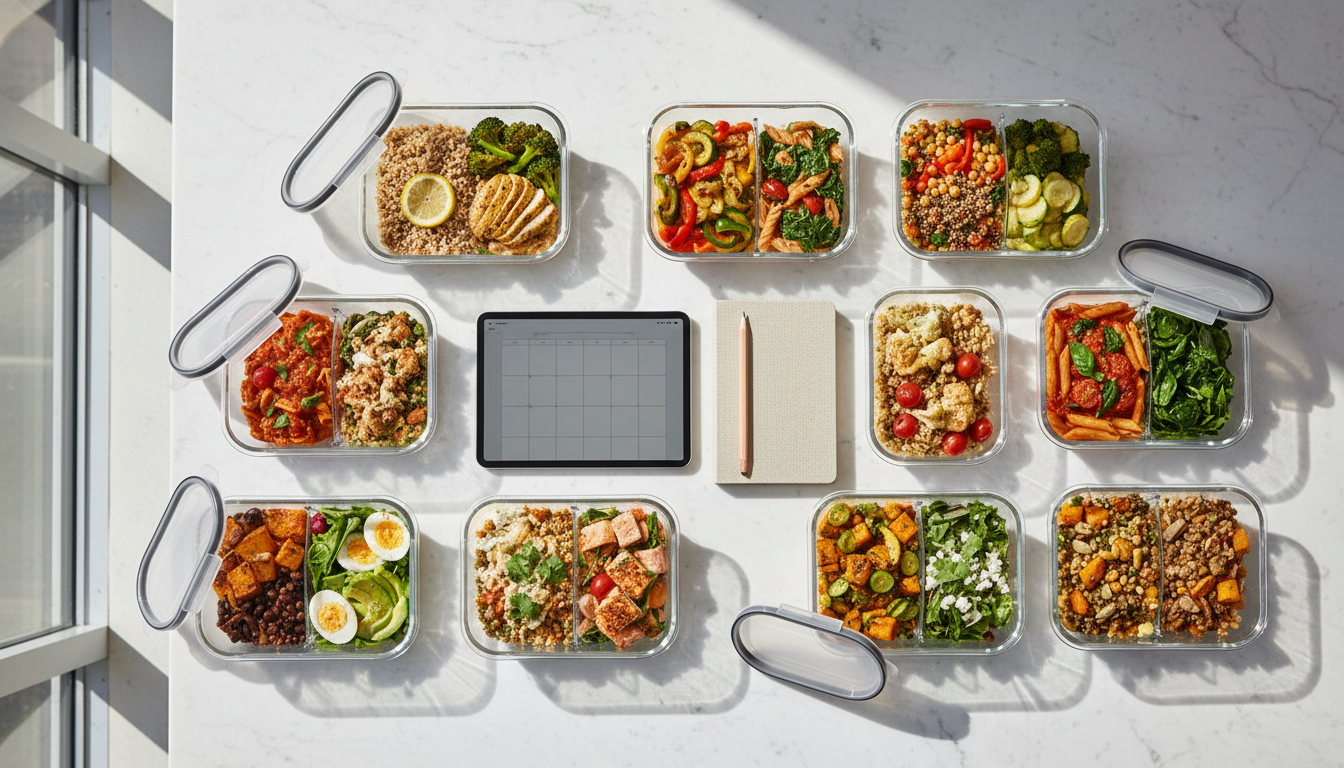
Your 30-Day Meal Planning Transformation Starts Here
This guide will show you how healthy meal planning can revolutionize your relationship with food, without turning you into a …
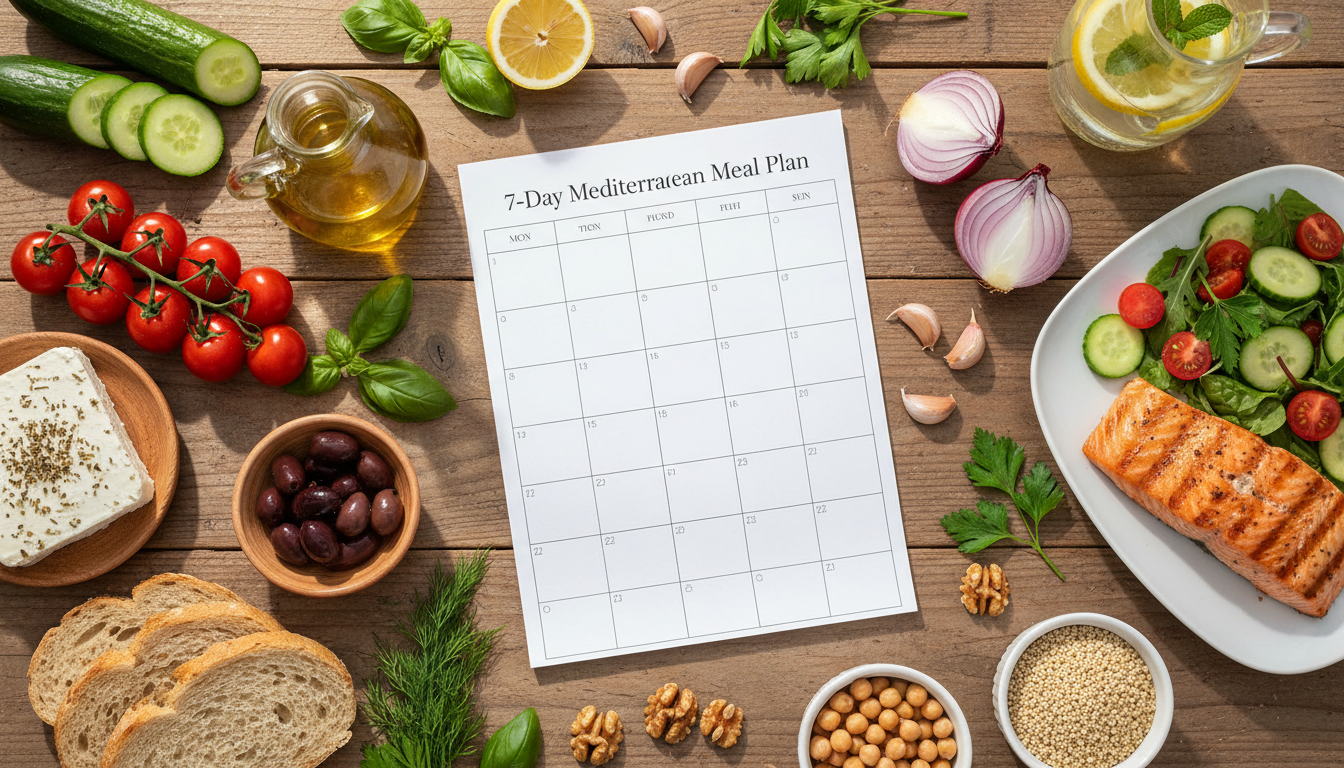
Mediterranean Diet Meal Planning Guide: 7-Day Plan for Beginners
This mediterranean diet meal planning guide provides a structured 7-day framework that removes the guesswork and helps you build sustainable …
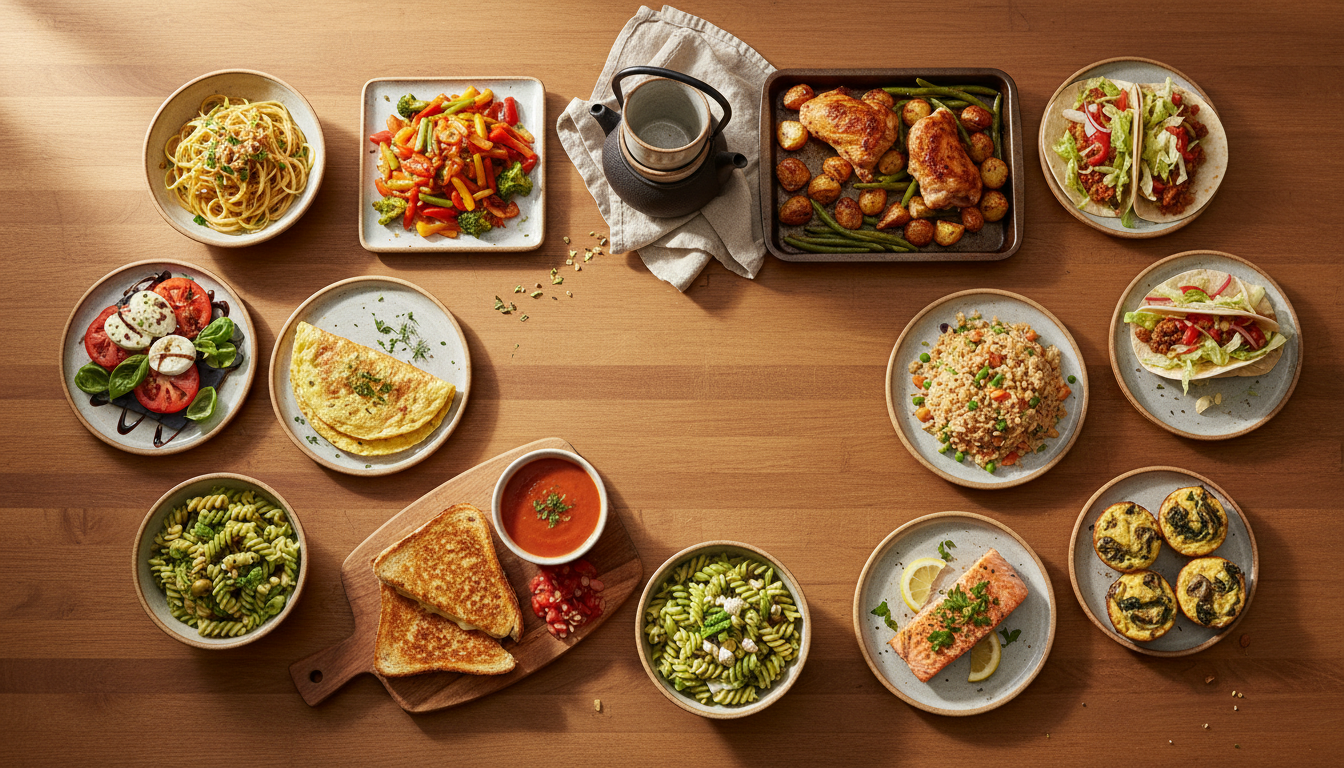
What to Make for Dinner Tonight: 15 Easy Last-Minute Meal Ideas
With the right framework and a collection of flexible meal ideas, you can confidently answer what to make for dinner …